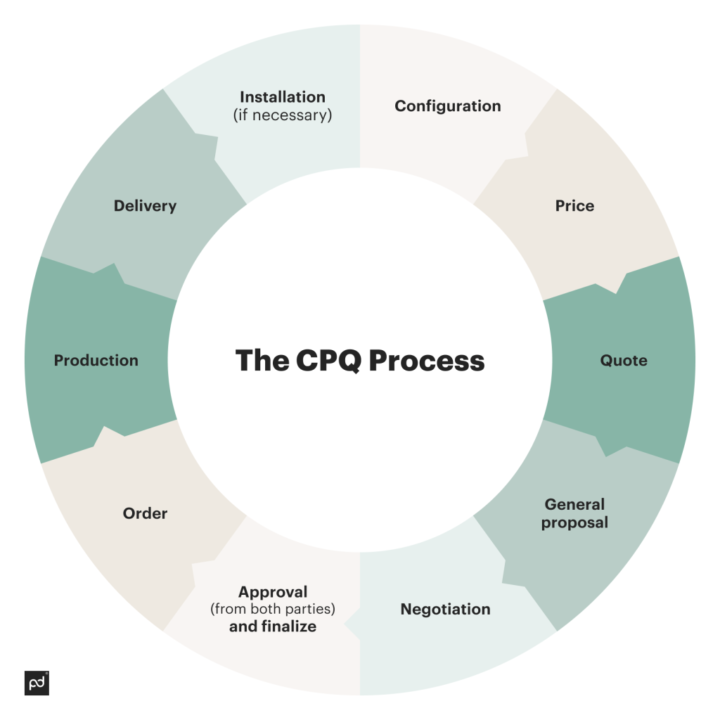Key Takeaways
- Understand the critical steps in the home-buying process.
- Learn how to assess potential properties effectively.
- Discover valuable tips for negotiating a better deal.
Introduction
Embarking on a journey to find your dream home can be daunting. With the real estate market’s fluctuating trends and the myriad choices, you must arm yourself with innovative strategies. If you’re looking in areas like Murrysville PA homes for sale, understanding the process is critical to making an informed decision. Buying a home is a significant investment, and careful preparation goes a long way. From setting priorities to negotiating offers, this guide will navigate you through the home-buying maze confidently and clearly.
Getting Started on Your Home-Buying Journey
The home-buying process begins with financial readiness and setting clear priorities. Before scouting for properties, assess your economic status, which includes savings, credit score, and funds for a down payment. Determining your borrowing capacity will streamline your search and prevent you from falling in love with a home outside your budget. Defining your priorities is equally important. Determine what’s non-negotiable in your new home and what you’re willing to compromise on. Clarity about what you need versus what you want can prevent decision paralysis. Stay updated on the latest real estate market trends, which can influence pricing and availability. Understanding whether you’re in a buyer’s or seller’s market can also inform your strategy and negotiation tactics.
Defining Your Home Preferences
A list of essential and desirable features is crucial for a focused real estate search. Important features include bedrooms, proximity to work, or a good school district, while desirable features include a swimming pool or home office. This list helps eliminate homes that don’t meet your needs and aids your real estate agent in narrowing down potential options. This checklist helps maintain a balanced perspective and provides practical insights into your decision-making process.
Researching Potential Neighborhoods
When selecting a neighborhood, consider local amenities, school districts, safety, and accessibility. The perfect home is not just about the physical structure but also the community it resides in. Online resources and interactive maps can provide insights into community amenities like shopping centers, parks, and restaurants. Checking crime rates and future development plans can offer a comprehensive understanding of the area’s potential for growth and safety.
Financial Considerations When Purchasing a Home
Secure a mortgage pre-approval to establish your budget and signal your seriousness to sellers. This makes your offer more attractive. Understand different mortgage options, such as fixed-rate and adjustable-rate mortgages. Consult a financial advisor to evaluate which type aligns with your short-term and long-term financial goals. Consider closing expenses, property taxes, and homeowners insurance for a thorough monetary strategy for your home purchase.
Viewing and Inspecting Properties Thoroughly
When attending open houses or private viewings, take your time to assess the property thoroughly. Analyze aesthetic and structural elements, such as the roof’s condition, plumbing, and electrical systems. It’s easy to get swayed by minor aesthetics, but structural integrity should be paramount. It is essential to hire a competent home inspector to find hidden problems that might influence your choice or the cost of the house. This step can save you thousands in potential repairs. Making notes and taking photos during visits will help you keep track of properties you’re interested in and facilitate informed comparisons.
Making an Offer in a Competitive Market
Crafting a compelling offer is crucial in a competitive market. Act quickly and smartly, and be prepared to negotiate prices, closing costs, and contingencies. Personal touches like letters to the seller can make your offer stand out. Understanding the seller’s circumstances and being flexible with move-in dates can also help. Work with your real estate agent to safeguard your financial interests and guarantee a fair and competitive offer.
You May Also Like: Creating a Home You Love: Tips for Designing a Cozy Retirement Space
Navigating the Closing Process
The mortgage must be approved, legal paperwork must be prepared, and money must be transferred as part of the closing procedure. It’s the final stretch, but challenges can arise. Be proactive in addressing any challenges, such as last-minute repairs or changes in financial situations, to ensure a smooth transition to your new home. Keep communication lines open with your lender and organize all paperwork to avoid delays. Understanding each step reduces the chances of surprises and helps manage expectations, ensuring a smoother closing day.
Settling Into Your New Home
After receiving the keys, the next step is to move and settle into your new community. Start by unpacking essentials and gradually adding personal touches to make your house a home. Customizing your environment to reflect your personality can enhance comfort and ease the emotional transition. You can feel more at home by interacting with your neighbors and participating in neighborhood events. Explore local parks, attend neighborhood events, and invest time in getting to know your surroundings. Finding your ideal home involves strategic steps and critical decisions, guiding you through the complex maze of home buying.





